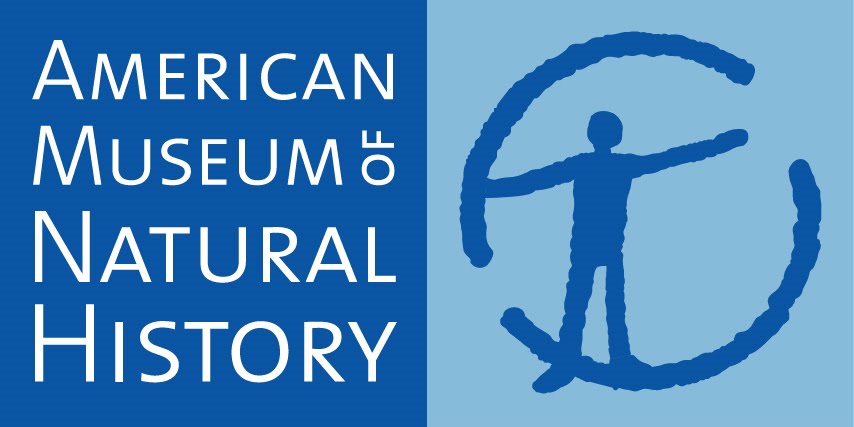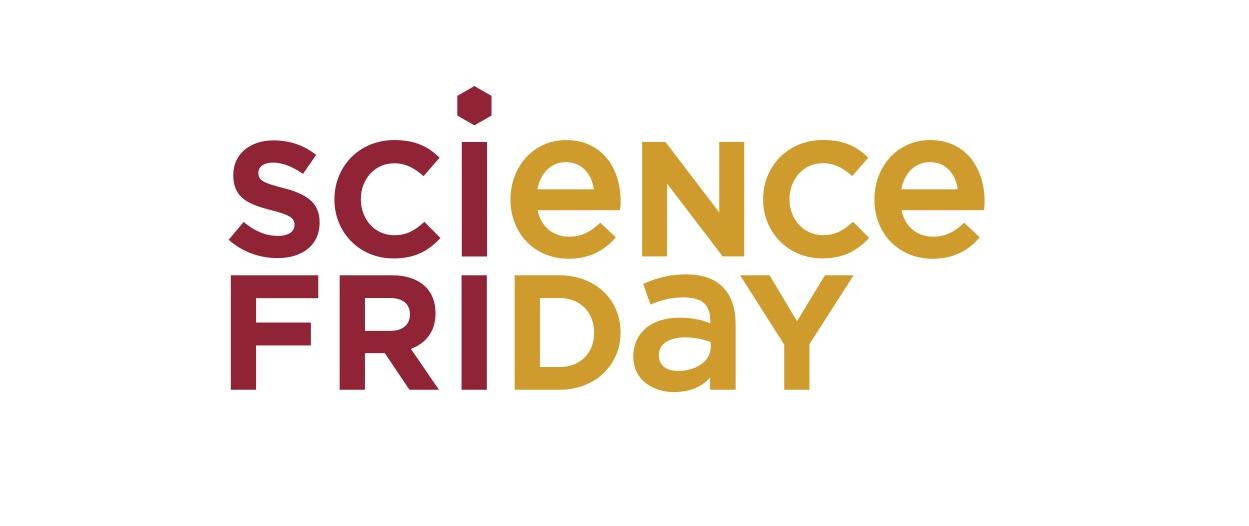The Engagement Landscape
What do we mean by “science engagement” in this initiative? All the ways that non-scientists—citizens, the public—encounter and connect with science. In other words, everything that goes under the heading “science communication” plus everything that goes under the heading “informal science learning,” along with many things that don’t fit either category. We wanted an inclusive term that would allow us to see the many settings, channels, professional communities, and sensibilities of public science experiences—from science journalism, blogs, magazines, books, television specials, radio shows, and podcasts to science museums, festivals, cafes, and storytelling series; science on Facebook; YouTube videos; science-themed music, visual art, theater, and filmmaking; science standup comedy and hand-drawn comic strips; citizen science programs, community dialogues around science and technology, and collaborative civic projects—as a single, complex ecosystem.
Seen so broadly, that ecosystem is clearly evolving in some noteworthy ways. Public science experiences that would have been hard to imagine even a decade ago are proliferating. Informality, personality, story, emotion, humor, social exchange, and active participation play powerful new roles. Scientists and other science communicators are stepping out from behind the white-coated authority and objectivity of the past, acknowledging their own place in the drama and putting their own drives, doubts, and sense of wonder on the table along with the scientific facts and concepts. Mystery is being celebrated in addition to what is already known. The once-bright line between science and popular culture is dissolving.
The Evolving Culture of Science engagement is a collaborative attempt to take stock of those kinds of changes, on the theory that unless we understand the cultural premises and operating assumptions of public science engagement in the 21st century, we won’t understand why non-experts choose to connect with science or how they (and their families, communities and society at large) are affected as a result, nor will we be able to leverage and ‘scale’ those new experiences to foster broader and more diverse communities around science. (Read more about the goals of the initiative here.)
Below are just a handful of the kinds of science engagement experiences we’ve got our eyes on in this initiative, illustrated here by logos and photos. Many but not all of these projects were represented by their founders or communicators at our September, 2013 convening at MIT, which constituted the first phase of the initiative. No endorsement of, or involvement with, the initiative is implied.
































